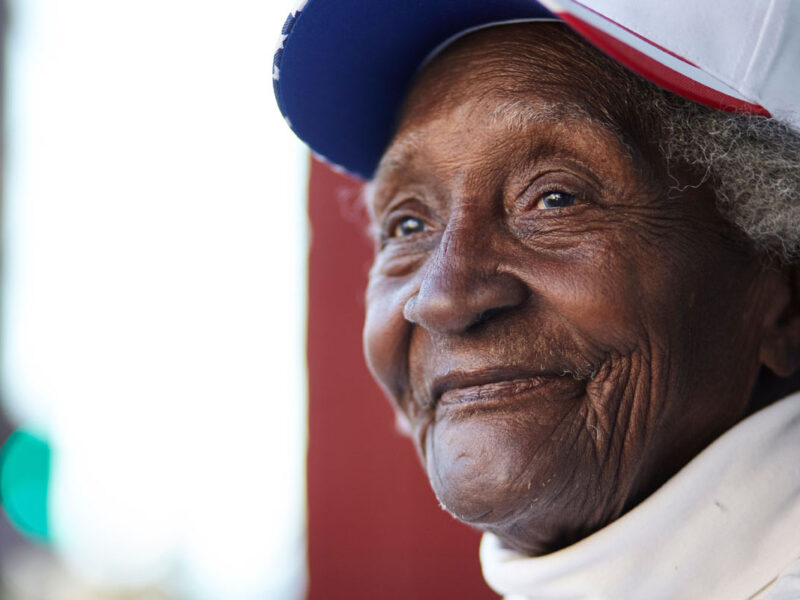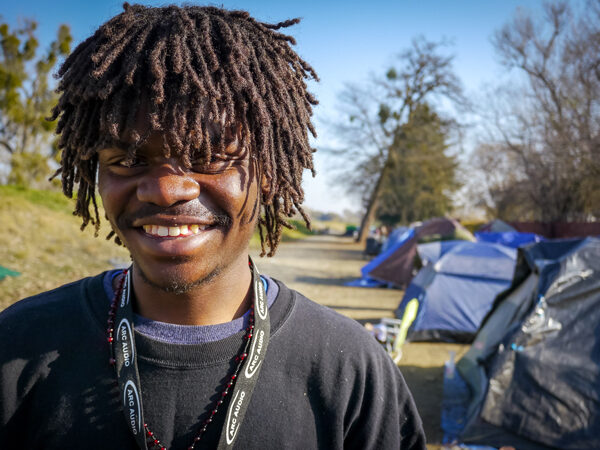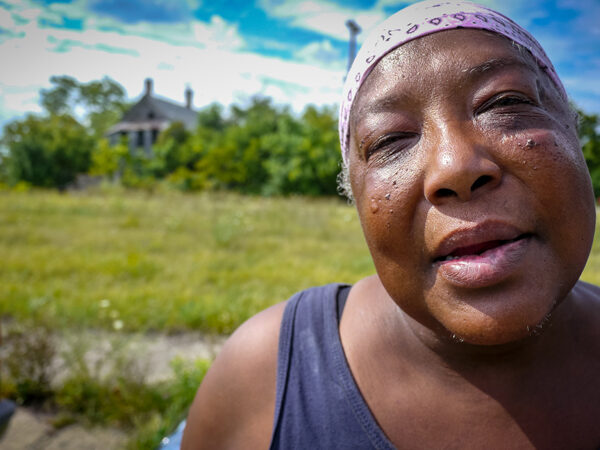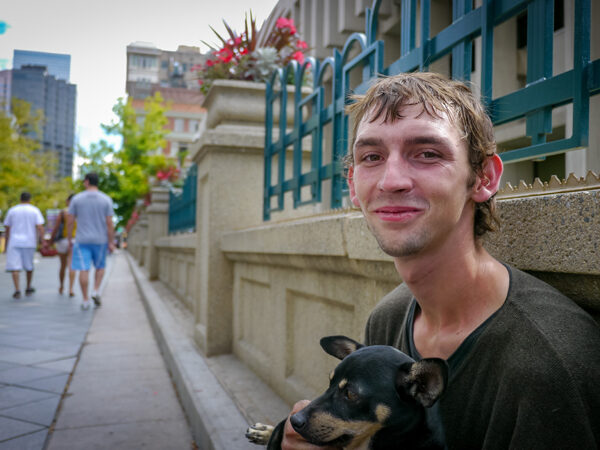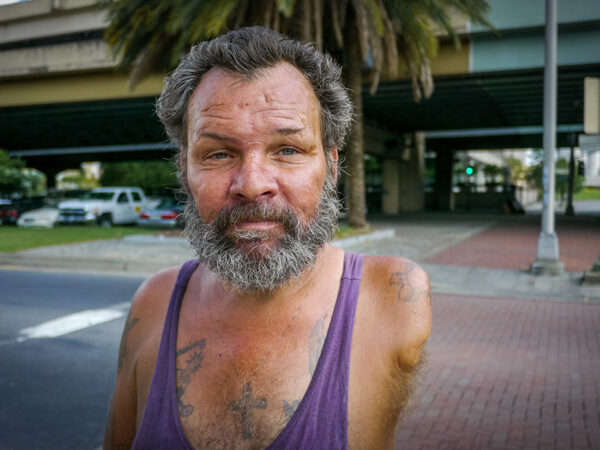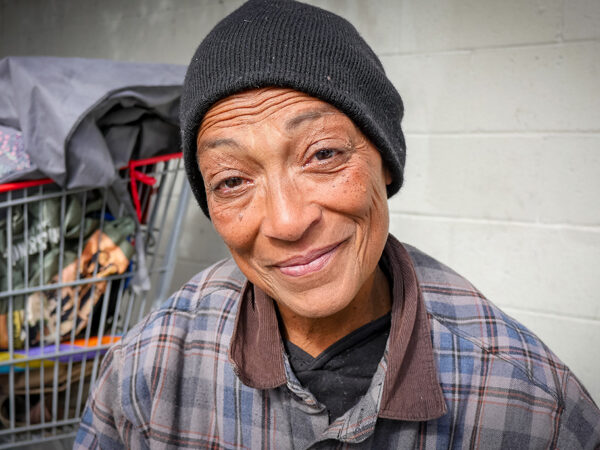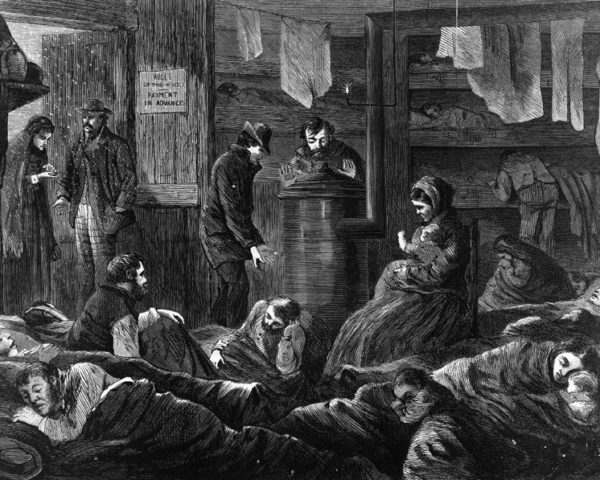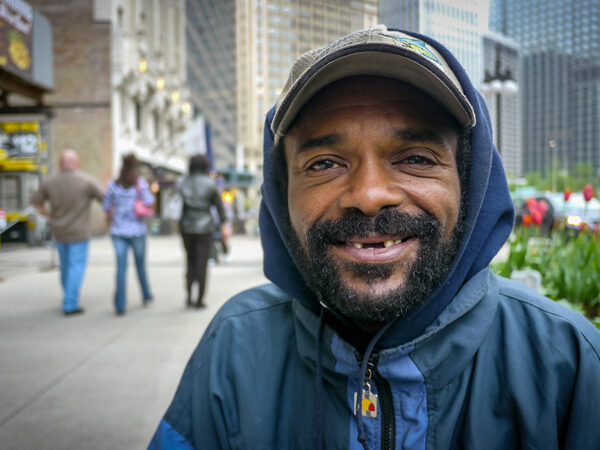Definitions of Homelessness
How many people are homeless in America? By the nature of homelessness, it is nearly impossible to get an accurate count. The dictionary definition of homelessness is “having no home or permanent residence.” However, there are a few different definitions of homelessness and ways of counting homeless people used by the federal government and people who work in homeless shelters and programs.
Homeless people—no matter which definition we use—often don’t want to be known as homeless. They avoid circumstances where they could be counted because they fear stigma and other repercussions. For example, many homeless parents fear social services would take away their children if people knew they were homeless.
According to the U.S. Department of Housing and Urban Development, 326,000 people were experiencing homelessness in the U.S. on a single night in 2021. Nearly half of people experiencing homelessness (46%) were individuals staying in sheltered locations, 37 percent were people in families with children staying in sheltered locations, 15 percent were unsheltered individuals, and three percent were unsheltered people in families with children. The U.S. Department of Housing and Urban Development defines and counts homelessness in four ways:
- Individuals and families who lack a fixed, regular, and adequate nighttime residence. This includes people exiting an institution where they lived for less than 90 days and who lived in an emergency shelter or place not meant for human habitation immediately before entering the institution.
- Individuals and families who will imminently lose their primary nighttime residence.
- Unaccompanied youth and families with children and youth defined as homeless under other federal statutes who do not already qualify under this definition.
- Individuals and families fleeing—or attempting to flee—domestic violence, dating violence, sexual assault, stalking, or other dangerous and life-threatening conditions related to violence against the individual or family member.
U.S. Department of Education
The National Center for Homeless Education reports that 1,508,265 students enrolled in public school districts and reported by state educational agencies experienced homelessness during the course of the 2016-2017 school year. The U.S. Department of Education defines and counts homeless children and youth as individuals who lack a fixed, regular, and adequate nighttime residence including:
- Children and youth sharing housing of other persons due to loss of housing, economic hardship, or a similar reason; living in motels, hotels, trailer parks, or camping grounds due to the lack of alternative adequate accommodations; living in emergency or transitional shelters; abandoned in hospitals; awaiting foster care placement.
- Children and youth who have a primary nighttime residence that is a public or private place not designed for or ordinarily used as a regular sleeping accommodation for human beings.
- Children and youth who are living in cars, parks, public spaces, abandoned buildings, substandard housing, bus or train stations, or similar settings.
- Migratory children living in circumstances described above.
Accurate Count of People Homeless in America
There are several reasons it is difficult to get a complete, precise count of the number of people homeless in America. The varying federal counts and definitions of homeless are helpful, but do not include everyone.
The U.S. Department of Housing and Urban Development counts homeless people on one night each year and uses a different definition of homelessness than the U.S. Department of Education. The U.S. Department of Education counts only those students enrolled in public school. The department does not capture those who experience homelessness during the summer only, those who dropped out of school, or babies and young children who are not enrolled in preschool programs administered by public schools. We must always remember that counts of homeless people at best are a good guess. The numbers of people experiencing homelessness are most likely much higher than reported.
Learn More on How to Help Homeless People
To learn more about solutions to homelessness, visit:








